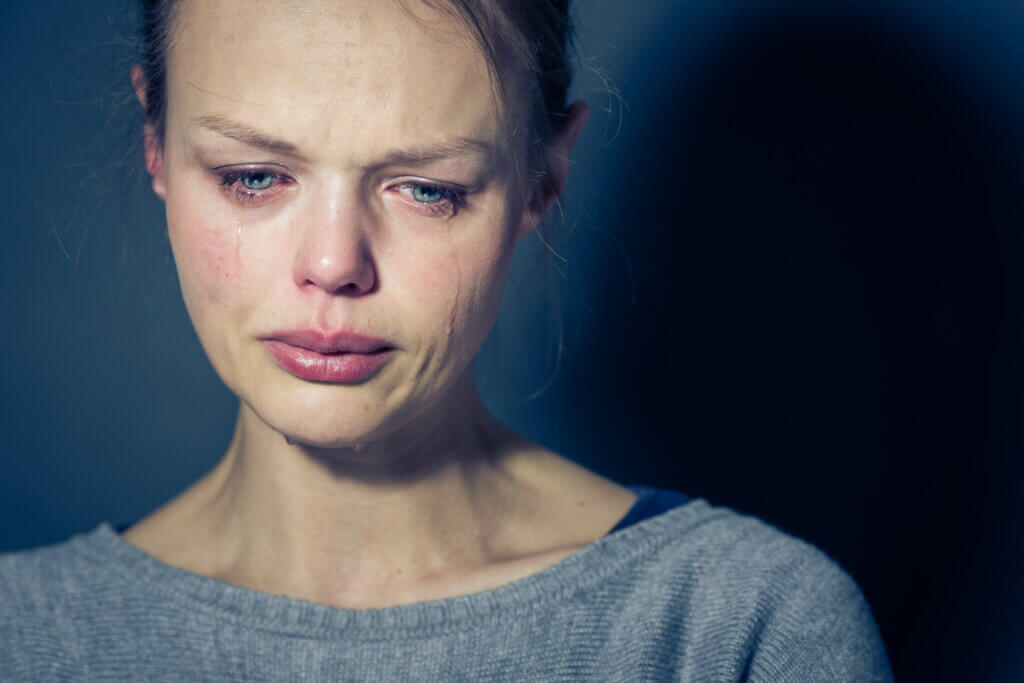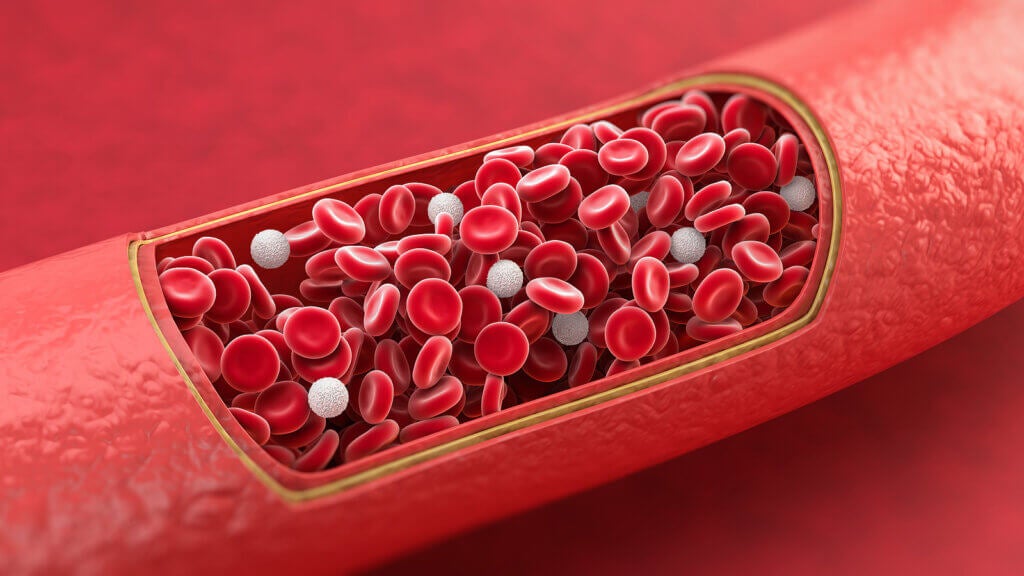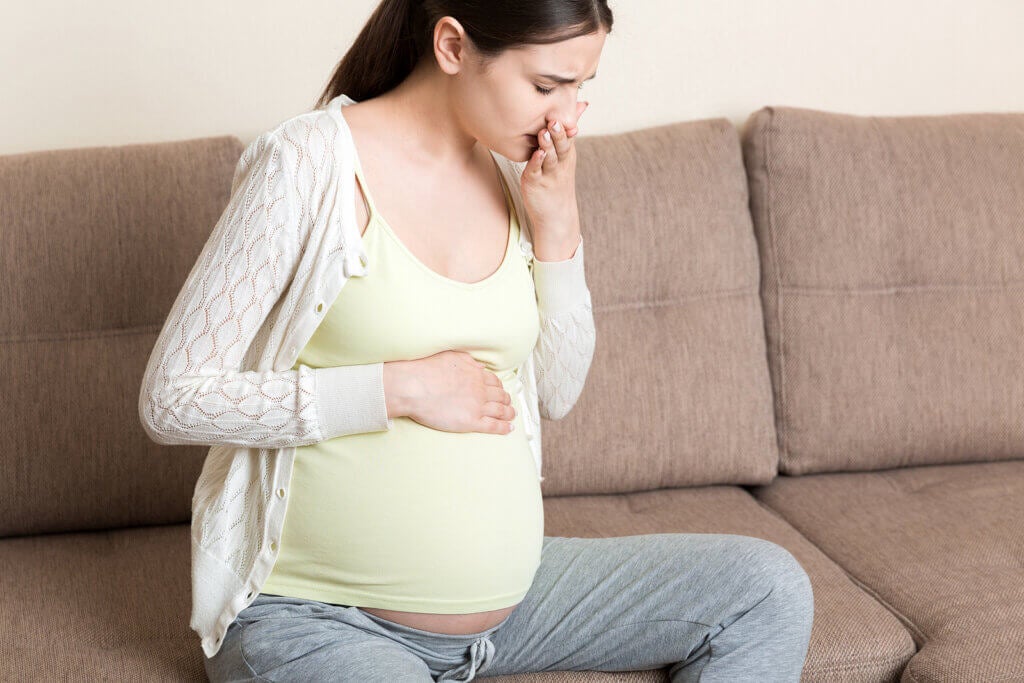Molluscum contagiosum: symptoms, causes and treatment
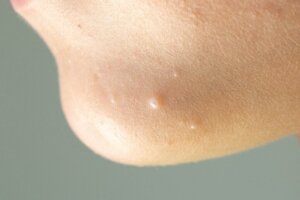
During childhood (and even afterwards) your parents have probably insisted on the importance of not sharing personal items such as water bottles or towels. One of the reasons behind this advice is molluscum contagiosum.
Molluscum contagiosum is a viral infection that most often affects young children, although adults can also get it. Some people consider that you can get infected by using public bathrooms and swimming pools, however, experts such as those from the Mayo Clinic consider that the contagion is most likely by direct contact.
So what we know is that it can be easily spread through skin to skin contact or by skin touching contaminated objects (such as towels and thermos). There’s also a sexual route of transmission.
Symptoms
According to an article on this disease published in the journal Elsevier, there are 4 main subtypes of mollusk: MCV I, MCV II, MCV III, and MCV IV. All of these subtypes cause similar lesions, both in the genital area and outside of it. The most common subtype is MCV I.
Lesions are smooth, pinkish bumps (papules). They are round and umbilicated in shape. The latter means that they have a small hole near the center, at the top. They appear in clusters, that is, in groups.
Generally, the bumps measure between 2 and 5 millimeters in diameter, although there are cases in which they can be larger. They can affect any point of the skin, with the exception of the palms of the hands and the soles of the feet.
According to the MSD Manual, the lesions are not usually painful or itchy. However, in some cases they can become inflamed and itchy. The person suffering from molluscum contagiosum should avoid scratching and rubbing the bumps, because this facilitates the spread of the virus to other areas.
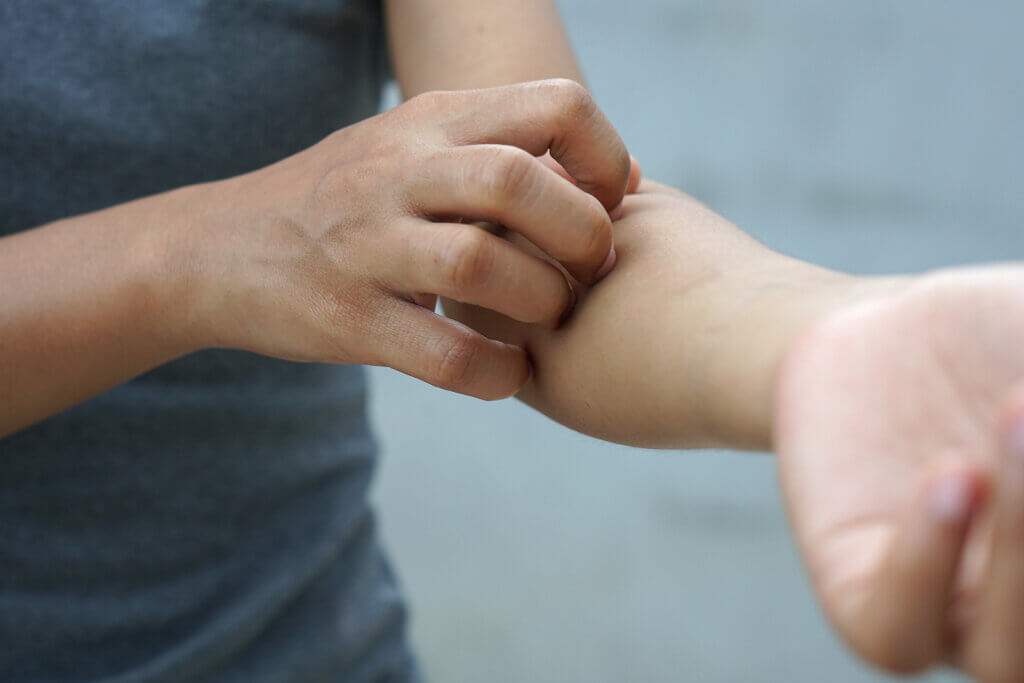
Causes
As we already mentioned, the cause of molluscum contagiosum is poxvirus (Molluscipoxvirus ). This is spread by direct contact.
People with a weakened immune system (such as patients with HIV and AIDS) are considered to be more likely to develop molluscum contagiosum, because their body cannot perform its protective functions properly.
Diagnosis of molluscum contagiosum
As indicated in the aforementioned article, the signs and symptoms of molluscum contagiosum are enough to make the diagnosis. In most cases, the dermatologist doesn’t need to request any additional tests.
However, in some cases, they may require a histopathological examination (curettage with a spoon) or biopsy of the lesion to make the differential diagnosis. This takes into account disorders such as folliculitis, miliary acne, warts, juvenile xanthogranuloma, and Spitz nevus.
Treatment
Although molluscum contagiosum is a disease that can be uncomfortable in some cases, in others it is asymptomatic. Depending on this and other factors (such as the patient’s health status) the treatment is determined.
The good news is that molluscum contagiosum is a self-limited disease. In most cases, in people with healthy immune systems, the lesions disappear on their own within 12-24 months. Although in some cases it may take longer (another 12-24 months).
Some of the treatment options that exist include freezing, laser removal, applying creams containing trichloroacetic acid, cantharidin, tretinoin, tazarotene, and podophyllotoxin, or drainage of the bumps (using specialized techniques). All of them must be performed by the dermatologist, who will also adjust them to your case.
For people with weak immune systems, treatment will be personalized.
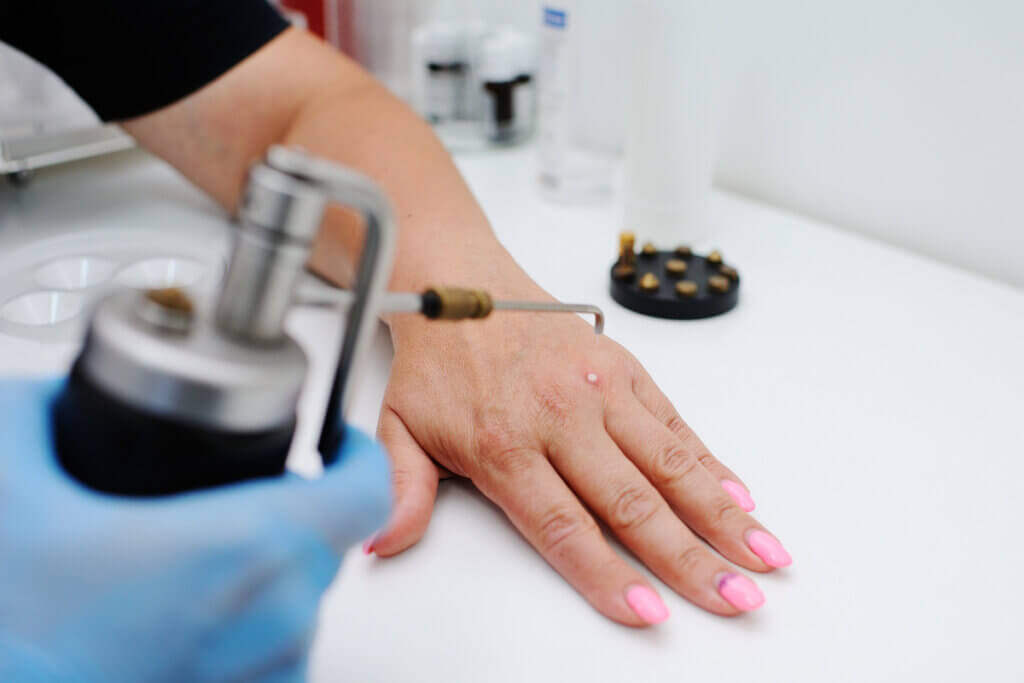
Prevention of molluscum contagiosum
Although there are treatment options, the best measure is considered to be prevention. Heeding the recommendations on not sharing personal items, avoiding direct contact with people who may have injuries, and combining this with regular hand washing will be essential.
If you suffer from molluscum, avoid scratching your wounds. Cover them with a suitable bandage to avoid direct contact. Of course, if you have any questions, remember that it is best to consult a dermatologist.
During childhood (and even afterwards) your parents have probably insisted on the importance of not sharing personal items such as water bottles or towels. One of the reasons behind this advice is molluscum contagiosum.
Molluscum contagiosum is a viral infection that most often affects young children, although adults can also get it. Some people consider that you can get infected by using public bathrooms and swimming pools, however, experts such as those from the Mayo Clinic consider that the contagion is most likely by direct contact.
So what we know is that it can be easily spread through skin to skin contact or by skin touching contaminated objects (such as towels and thermos). There’s also a sexual route of transmission.
Symptoms
According to an article on this disease published in the journal Elsevier, there are 4 main subtypes of mollusk: MCV I, MCV II, MCV III, and MCV IV. All of these subtypes cause similar lesions, both in the genital area and outside of it. The most common subtype is MCV I.
Lesions are smooth, pinkish bumps (papules). They are round and umbilicated in shape. The latter means that they have a small hole near the center, at the top. They appear in clusters, that is, in groups.
Generally, the bumps measure between 2 and 5 millimeters in diameter, although there are cases in which they can be larger. They can affect any point of the skin, with the exception of the palms of the hands and the soles of the feet.
According to the MSD Manual, the lesions are not usually painful or itchy. However, in some cases they can become inflamed and itchy. The person suffering from molluscum contagiosum should avoid scratching and rubbing the bumps, because this facilitates the spread of the virus to other areas.

Causes
As we already mentioned, the cause of molluscum contagiosum is poxvirus (Molluscipoxvirus ). This is spread by direct contact.
People with a weakened immune system (such as patients with HIV and AIDS) are considered to be more likely to develop molluscum contagiosum, because their body cannot perform its protective functions properly.
Diagnosis of molluscum contagiosum
As indicated in the aforementioned article, the signs and symptoms of molluscum contagiosum are enough to make the diagnosis. In most cases, the dermatologist doesn’t need to request any additional tests.
However, in some cases, they may require a histopathological examination (curettage with a spoon) or biopsy of the lesion to make the differential diagnosis. This takes into account disorders such as folliculitis, miliary acne, warts, juvenile xanthogranuloma, and Spitz nevus.
Treatment
Although molluscum contagiosum is a disease that can be uncomfortable in some cases, in others it is asymptomatic. Depending on this and other factors (such as the patient’s health status) the treatment is determined.
The good news is that molluscum contagiosum is a self-limited disease. In most cases, in people with healthy immune systems, the lesions disappear on their own within 12-24 months. Although in some cases it may take longer (another 12-24 months).
Some of the treatment options that exist include freezing, laser removal, applying creams containing trichloroacetic acid, cantharidin, tretinoin, tazarotene, and podophyllotoxin, or drainage of the bumps (using specialized techniques). All of them must be performed by the dermatologist, who will also adjust them to your case.
For people with weak immune systems, treatment will be personalized.

Prevention of molluscum contagiosum
Although there are treatment options, the best measure is considered to be prevention. Heeding the recommendations on not sharing personal items, avoiding direct contact with people who may have injuries, and combining this with regular hand washing will be essential.
If you suffer from molluscum, avoid scratching your wounds. Cover them with a suitable bandage to avoid direct contact. Of course, if you have any questions, remember that it is best to consult a dermatologist.
- Dinulos JGH. Molusco contagioso – Trastornos dermatológicos – Manual MSD versión para profesionales [Internet]. [cited 2021 Jul 11]. Available from: https://www.msdmanuals.com/es/professional/trastornos-dermatológicos/enfermedades-cutáneas-virales/molusco-contagioso
- Molusco contagioso – Síntomas y causas – Mayo Clinic [Internet]. [cited 2021 Jul 12]. Available from: https://www.mayoclinic.org/es-es/diseases-conditions/molluscum-contagiosum/symptoms-causes/syc-20375226
- Molusco contagioso [Internet]. Rare Children’s Hospital San Diego. [cited 2021 Jul 11]. Available from: https://www.rchsd.org/health-articles/molusco-contagioso-2/
- Pimentel C, Peramiquel L, Pug Lluis. Molusco contagioso | Farmacia Profesional. Farm Prof [Internet]. 2004 [cited 2021 Jul 11];18(3):72–7. Available from: https://www.elsevier.es/es-revista-farmacia-profesional-3-articulo-molusco-contagioso-13059599
- Román Barba R. Molusco Contagioso: revisión y opciones de tratamiento [Internet]. Vol. 3, Archivos Médicos. 2011 [cited 2021 Jul 11]. p. 32–5. Available from: https://www.medigraphic.com/pdfs/archivostgi/tgi-2011/tgi115g.pdf
- Sanclemente G, Correa L. Poxvirus que causan enfermedad en los seres humanos. Rev Asoc Colomb Dermatol [Internet]. 2010 [cited 2021 Jul 12];18:67–7. Available from: https://revistasocolderma.org/sites/default/files/poxvirus_que_causan_enfermedad_en_los_seres_humanos.pdf
Este texto se ofrece únicamente con propósitos informativos y no reemplaza la consulta con un profesional. Ante dudas, consulta a tu especialista.

